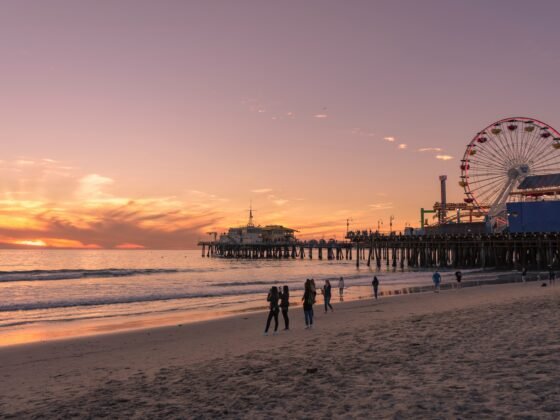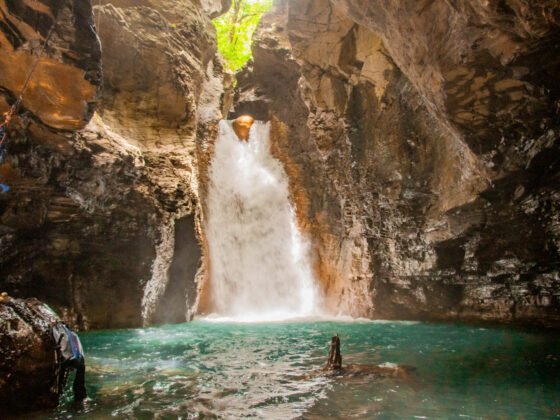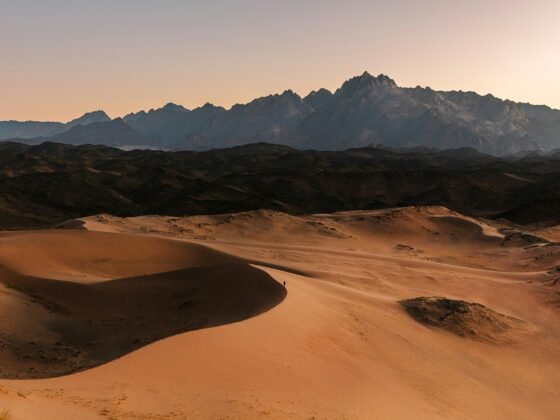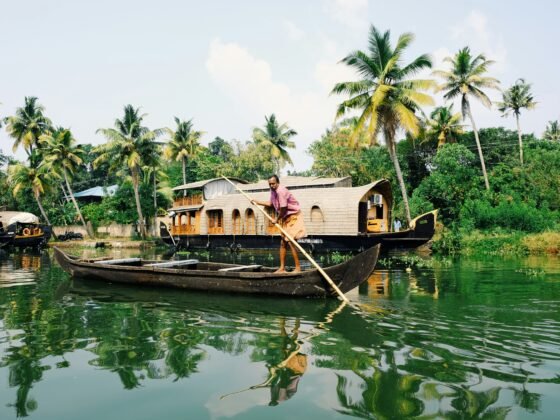
Malta is a tiny island nation that punches well above its weight when it comes to tourist appeal. Surrounded on all sides by the clear blue waters of the Mediterranean, it’s a place with plenty of natural beauty to add to its appeal, as well as culture and history.
A Quick Guide to Malta
Brief History
The history of Malta is unique, and shaped by a handful of one-off events. It was converted to Christianity by a shipwrecked St. Paul, then later conquered by Arab invaders, before being conquered again by Normans. The Knights Hospitaller, an order of Catholics, was based here between 1530 and 1798. Napoleon Bonaparte took the island for his burgeoning French Empire, before it was captured by the English (at the request of the Maltese) at the turn of the 19th century.
The island became independent in 1964, and a republic in 1974. It then joined the European Union, and adopted the Euro shortly afterwards.
Travelling the island
Travel to the island is convenient thanks to its EU membership, and its history as a British colony. The physical smallness of the island also works in the favour of visitors. You can travel from one side of the island to the other in less than an hour, and there are buses running regularly.
If you’d like to truly explore the island, however, then travelling on foot has a lot to commend it. Walking holidays for singles offer a great way to see what Malta has to offer.
Geography
Malta sits in the middle of the Mediterranean, midway between the shores of Sicily, Libya and Tunisia. The western flank of the island rises into a series of sheer cliffs, while the east is comparitively flank. Off the northwest coast of the main island is Gozo, with the smaller island of Comino sitting just in between the two.
Where to go
So, where should we be visiting?
The Silent City
One of the biggest draws in the country is Mdina, a settlement that dates all the way back to the Bronze Age. Barely any vehicles are allowed inside the city walls, which gives it a uniquely peaceful, almost ethereal, atmosphere.
Ħaġar Qim and Mnajdra Temples
The islands of Malta and Gozo are home to seven megalithic temples, with Hagar Qim and Mnajdra standing apart. These structures are some of the oldest free-standing stone buildings anywhere on planet Earth. They were put together, presumably through great effort, using local limestone.
Gozo
We should spare a mention to Gozo itself, whose appeal centres on its natural beauty rather than any historic sites. It’s not quite as densely populated as Malta, which makes it a perfect getaway spot for those looking to beat the tourist crowds.












